
 Podcasts
PodcastsCatch the latest PR news & updates with PRovoke Media's PR Podcasts. Lifting the lid on key industry stories & trends, join our listeners of PR podcasts today.
 Videos
VideosLatest video interviews and campaigns from PRovoke Media, previously known as the Holmes Report.
Long-form journalism that analyzes the issues, challenges and opportunities facing the business and practice of PR.
 Profiles & Interviews
Profiles & InterviewsExplore PR profiles and interviews with leaders from the marketing and PR worlds.
 Crisis Review
Crisis ReviewPR Crisis & Business Crisis review. PRovoke Media's annual analysis of the top reputation crises to rock the corporate sector. Read on here.
 Coronavirus
CoronavirusPRovoke Media's coverage of the Covid-19 crisis, focusing on corporate communication, public affairs & PR industry fallout.
 Trend Forecasts
Trend ForecastsPRovoke Media's PR Trends round up. PRovoke Media's annual forecast of PR trends and news that will impact the PR world in the year ahead...
 Social & Digital
Social & DigitalDedicated to exploring the new frontiers of PR as it dives deeper into social media, content and analytics.
 Technology
TechnologyOur coverage of key technology PR trends and challenges from around the world of digital communications.
 Consumer
ConsumerFrom brand marketing to conscious consumerism, coverage of key marketing and PR trends worldwide.
 Employee Engagement
Employee EngagementPRovoke Media's coverage, analysis and news around the rapidly-shifting area of employee engagement and internal communications.
 Sports Marketing
Sports Marketing Sports PR news, diversity & inclusion trends, views and analysis from PRovoke Media. Subscribe today for the very latest in the world of sports communications.
 Global PR Agency Rankings
Global PR Agency RankingsPRovoke Media's definitive global benchmark of global PR agency size and growth.
Enter PRovoke Media's 2024 Global 250 Agency Ranking and/or our Agencies of the Year competitions now.
 Agencies of the Year
Agencies of the YearPRovoke Media's annual selections for PR Agencies of the Year, across all of the world's major markets.
 Innovator 25
Innovator 25PRovoke Media profiles marcomms innovators from across North America, EMEA and Asia-Pac.
 Creativity in PR
Creativity in PRIn-depth annual research into the PR industry's efforts to raise creative standards.
 Asia-Pacific Communication Index
Asia-Pacific Communication IndexAPACD/Ruder Finn annual study of Asia-Pacific in-house communications professionals.
 SABRE Awards
SABRE AwardsThe world's biggest PR awards programme, dedicated to benchmarking the best PR work from across the globe.
 PRovokeSummit Global
PRovokeSummit GlobalThe biggest PR conference of the year, a high-level forum designed to address the critical issues that matter most.
 PRovoke Media Regional Series
PRovoke Media Regional SeriesA global network of conferences that explore the innovation and disruption that is redefining public relations.
 Agencies of the Year
Agencies of the YearUnrivalled insight into the world's best PR agencies, across specialist and geographic categories.
 Roundtables
RoundtablesOur Roundtables bring together in-house comms leaders with PR firms to examine the future of communications.
 Agency Playbook
Agency PlaybookThe PR industry’s most comprehensive listing of firms from every region and specialty
.jpg) All Jobs
All JobsFind the latest global PR and communications jobs from PRovoke Media. From internships to account executives or directors. See all our PR jobs here.
PRovoke Media's editorial series published in collaboration with partners.
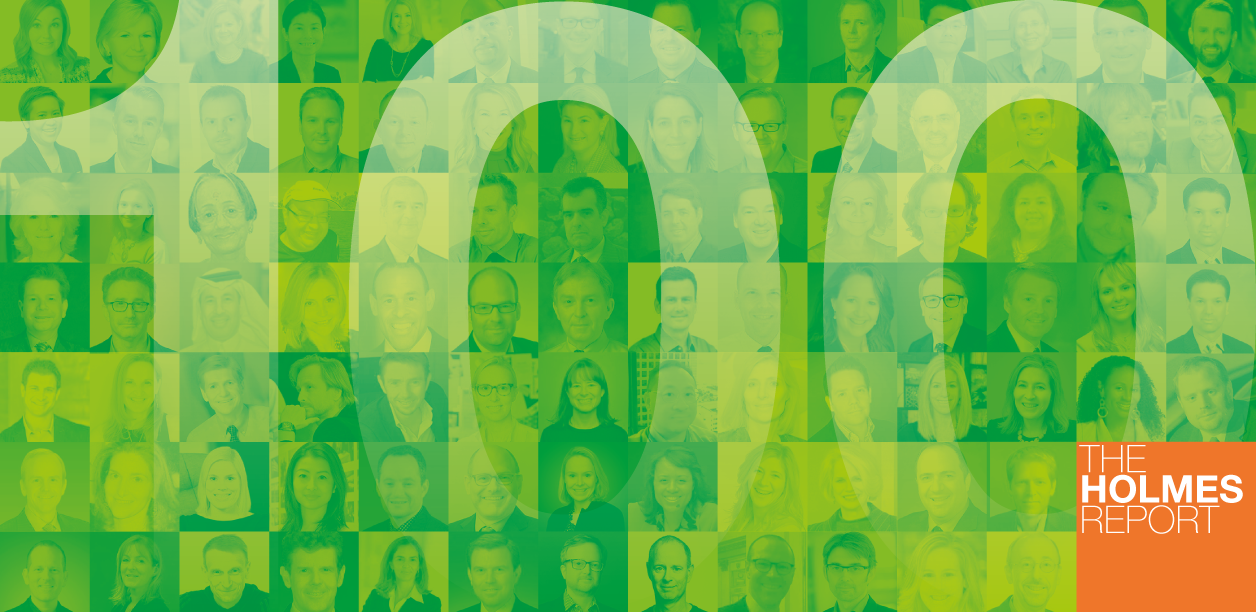
Introduction & Methodology | Profiles | Demographics & Background | Teams, Budgets & Agencies | Future Challenges, Diversity & Inspiration | The Crossover Stars | The Rising Stars | Sponsored Content: Digital Reductionism
The following data is based on responses from a survey sent to this year's Influence 100, and where applicable, further analysis. Some percentages might not equal exactly 100% due to rounding.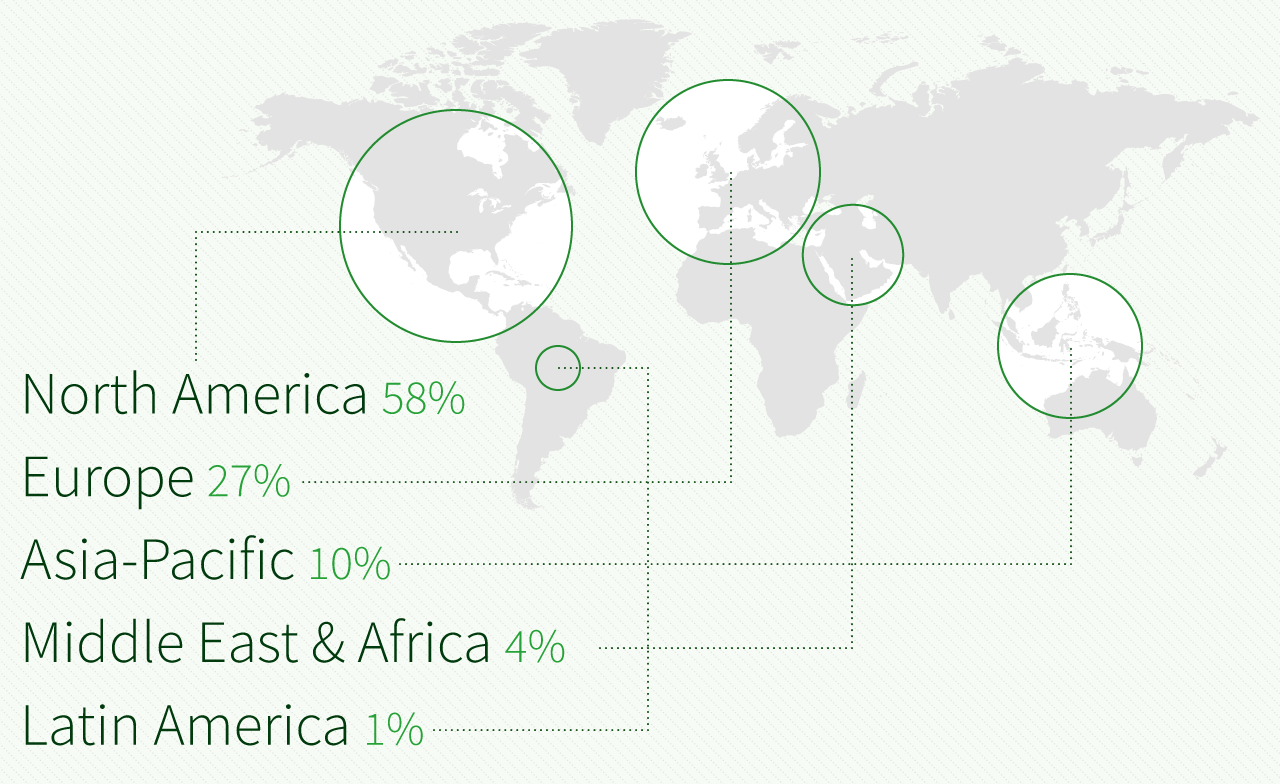 There are 24 new entrants in this year’s Influence 100, due to factors including job changes (several of last year’s influencers have left their roles) and the rise of various executives, companies, industries and regions. Unsurprisingly, the influence of North America has continued to rise, with 58 influencers from this region (up from 56 last year). Meanwhile, 31% come from EMEA, 10% from Asia-Pacific and only 1% from Latin America this year.
There are 24 new entrants in this year’s Influence 100, due to factors including job changes (several of last year’s influencers have left their roles) and the rise of various executives, companies, industries and regions. Unsurprisingly, the influence of North America has continued to rise, with 58 influencers from this region (up from 56 last year). Meanwhile, 31% come from EMEA, 10% from Asia-Pacific and only 1% from Latin America this year.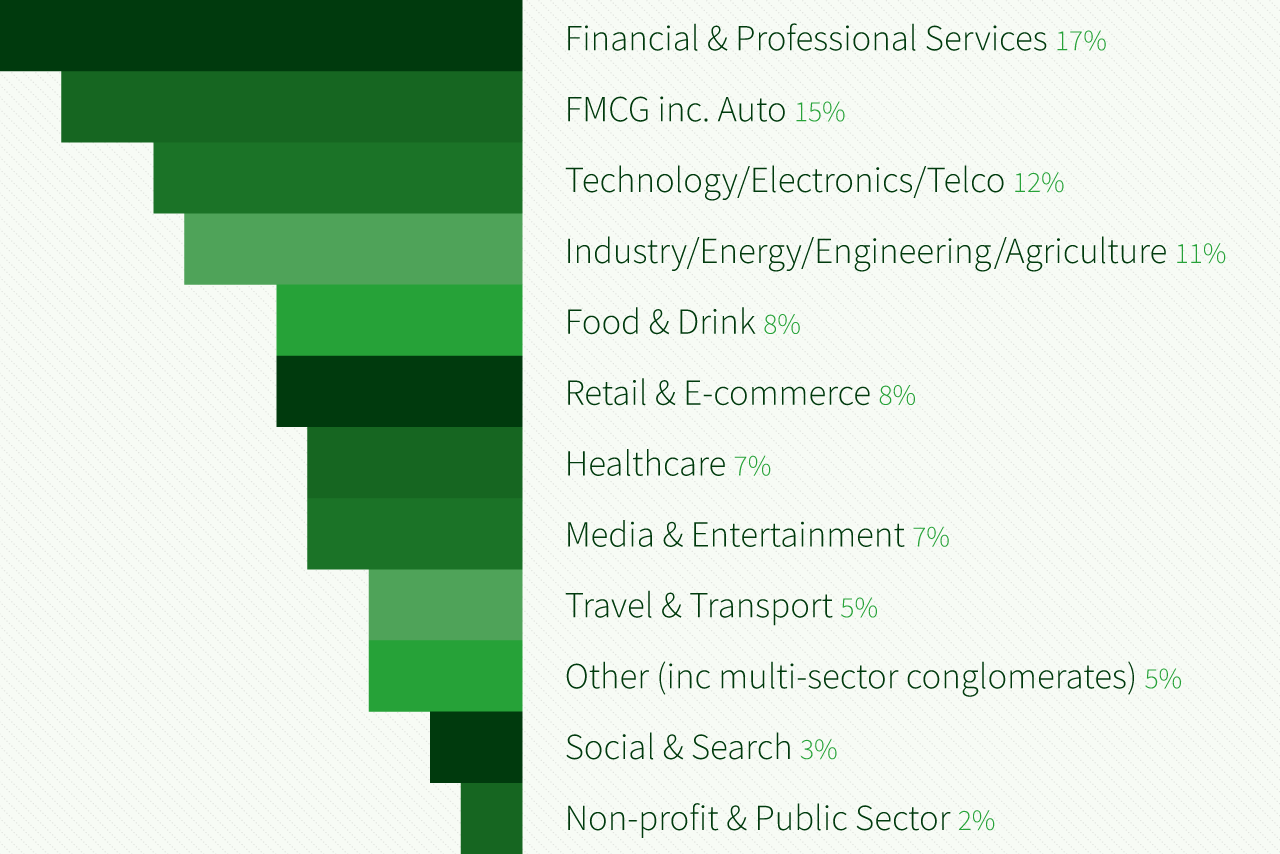 With practically every company now a technology company to a greater or lesser extent, breaking down the Influence 100 by sector has become increasingly complex. So this year we’ve refreshed all our categories to focus on what the organisations our influencers work for actually do or sell, not how they do it or whether their audience is consumer or B2B. So Amazon is a retailer, Uber is a transport firm, and Paypal is a financial services company. We’ve introduced new categories to split out mainly consumer-facing brands, including putting FMCG and automotive together, separating out food and drink, and media and entertainment, and adding a new ‘social and search ‘category rather than lumping Google, Facebook and LinkedIn in with technology. Meanwhile, the technology category has gone old-school: traditional hardware and software companies, plus electronics and telecoms.
With practically every company now a technology company to a greater or lesser extent, breaking down the Influence 100 by sector has become increasingly complex. So this year we’ve refreshed all our categories to focus on what the organisations our influencers work for actually do or sell, not how they do it or whether their audience is consumer or B2B. So Amazon is a retailer, Uber is a transport firm, and Paypal is a financial services company. We’ve introduced new categories to split out mainly consumer-facing brands, including putting FMCG and automotive together, separating out food and drink, and media and entertainment, and adding a new ‘social and search ‘category rather than lumping Google, Facebook and LinkedIn in with technology. Meanwhile, the technology category has gone old-school: traditional hardware and software companies, plus electronics and telecoms.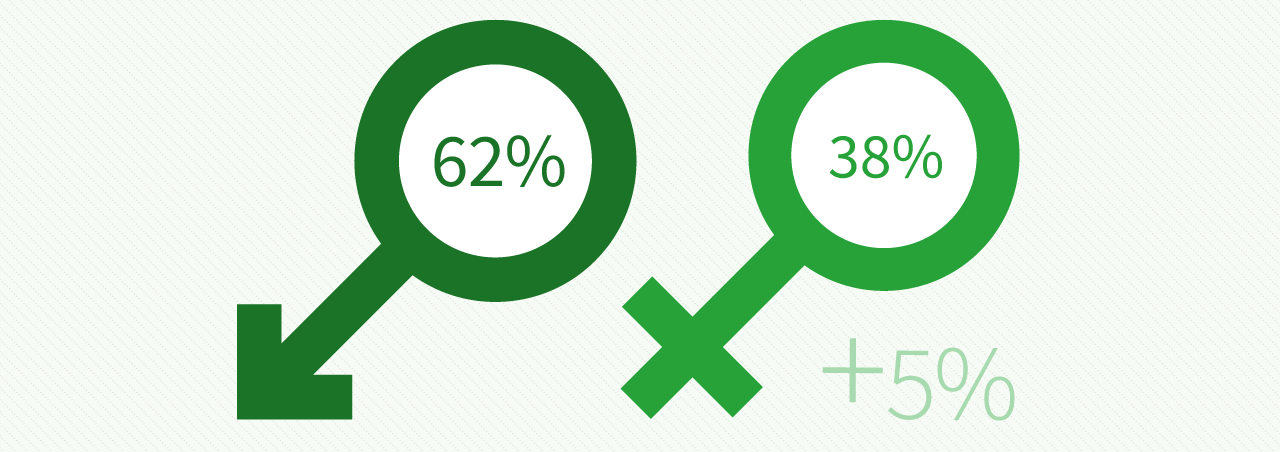 The number of women on the list is again 38%, up from 33% in 2015 but still a long way from gender balance at the top of the global CCO/CMO cohort. The women who join the ranks of the Influence 100 this year are: Deborah Yeh, SVP marketing and brand at Sephora; Dustee Tucker Jenkins, Spotify’s global head of communications and PR; Yum! Brands global chief communications officer Jerilan Greene; Jill Hazelbaker, Uber’s SVP, communications and public policy; Kaisa Lipponen, director of corporate communications and brand Marketing at Neste; Bacardi’s global chief communications officer KC Kavanagh; Mattel vice president, global marketing communications Kristina Duncan; Michelle Russo, EVP global communications at Discovery; Facebook’s VP communications Rachel Whetstone and Valerie Tan, Emirates’ VP public relations, social media and internal communications.
The number of women on the list is again 38%, up from 33% in 2015 but still a long way from gender balance at the top of the global CCO/CMO cohort. The women who join the ranks of the Influence 100 this year are: Deborah Yeh, SVP marketing and brand at Sephora; Dustee Tucker Jenkins, Spotify’s global head of communications and PR; Yum! Brands global chief communications officer Jerilan Greene; Jill Hazelbaker, Uber’s SVP, communications and public policy; Kaisa Lipponen, director of corporate communications and brand Marketing at Neste; Bacardi’s global chief communications officer KC Kavanagh; Mattel vice president, global marketing communications Kristina Duncan; Michelle Russo, EVP global communications at Discovery; Facebook’s VP communications Rachel Whetstone and Valerie Tan, Emirates’ VP public relations, social media and internal communications. Our Influence 100 communicators and marketers have worked for their current company for an average of 9.3 years, around the same as last year’s average tenure of 9 years. This was despite several high-profile job changes for long-standing employees, such as Ray Day moving to the CCO role at IBM after 19 years at Ford. Two of our influencers – L’Oreal’s EVP corporate communications & external affairs Beatrice Dautresme, and Saudi Aramco VP corporate affairs Nasser Al Nafisee – have been with their respective companies for an astonishing 47 years each. Other long-serving influencers include P&G chief brand officer Marc Pritchard (37 years) and Michael Sneed, J&J’s worldwide VP, global corporate affairs & chief communication officer (35 years). There’s a fair split between long-stayers and fresh players in the listing: 13% of the cohort have been with their employer for 20 years or more, and the same proportion have been with their current company for less than two years.
Our Influence 100 communicators and marketers have worked for their current company for an average of 9.3 years, around the same as last year’s average tenure of 9 years. This was despite several high-profile job changes for long-standing employees, such as Ray Day moving to the CCO role at IBM after 19 years at Ford. Two of our influencers – L’Oreal’s EVP corporate communications & external affairs Beatrice Dautresme, and Saudi Aramco VP corporate affairs Nasser Al Nafisee – have been with their respective companies for an astonishing 47 years each. Other long-serving influencers include P&G chief brand officer Marc Pritchard (37 years) and Michael Sneed, J&J’s worldwide VP, global corporate affairs & chief communication officer (35 years). There’s a fair split between long-stayers and fresh players in the listing: 13% of the cohort have been with their employer for 20 years or more, and the same proportion have been with their current company for less than two years.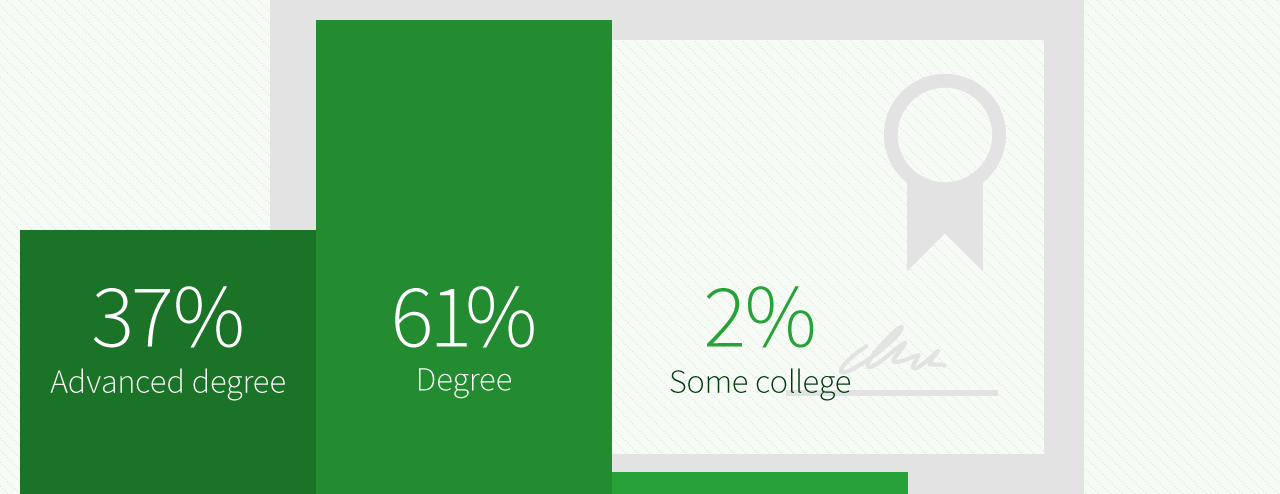

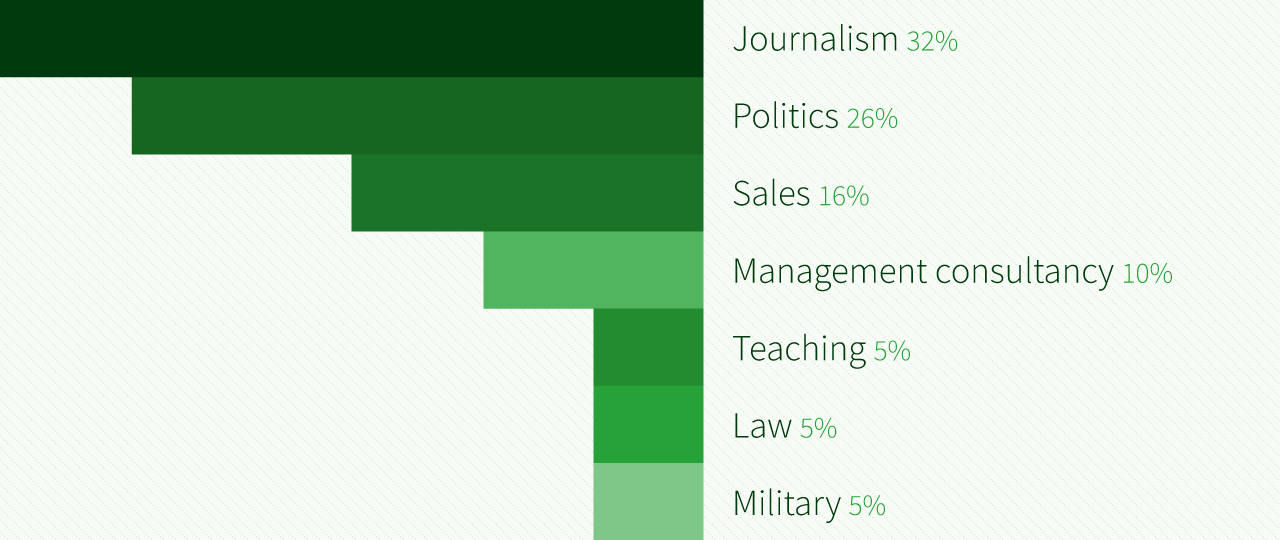
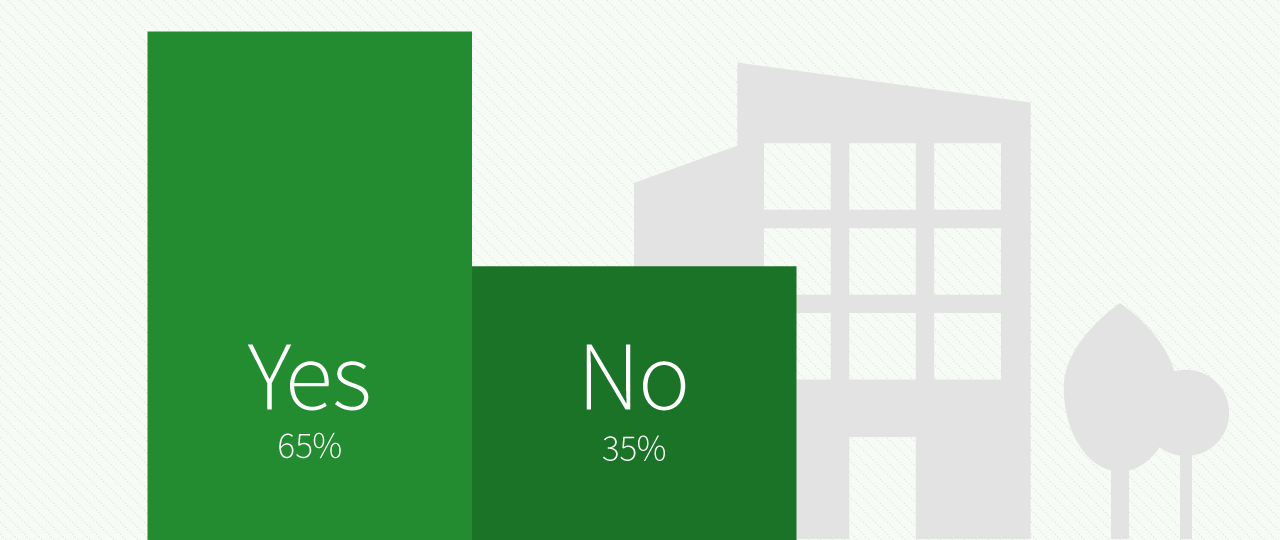
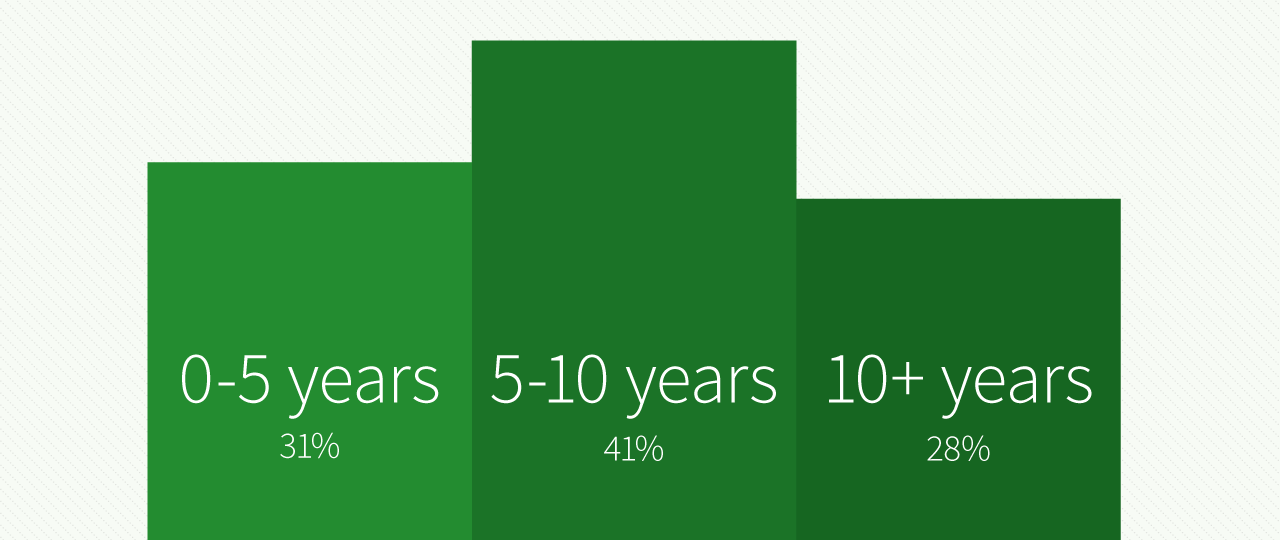 Nearly all our Influence 100 are educated to at least first degree level, although a small number have proved that it’s still possible to get to the top without a college or university education. Of this year’s cohort, 61% are educated to first degree level, and 37% also have an advanced degree (down from last year when 51% said they had an advanced degree).
Nearly all our Influence 100 are educated to at least first degree level, although a small number have proved that it’s still possible to get to the top without a college or university education. Of this year’s cohort, 61% are educated to first degree level, and 37% also have an advanced degree (down from last year when 51% said they had an advanced degree).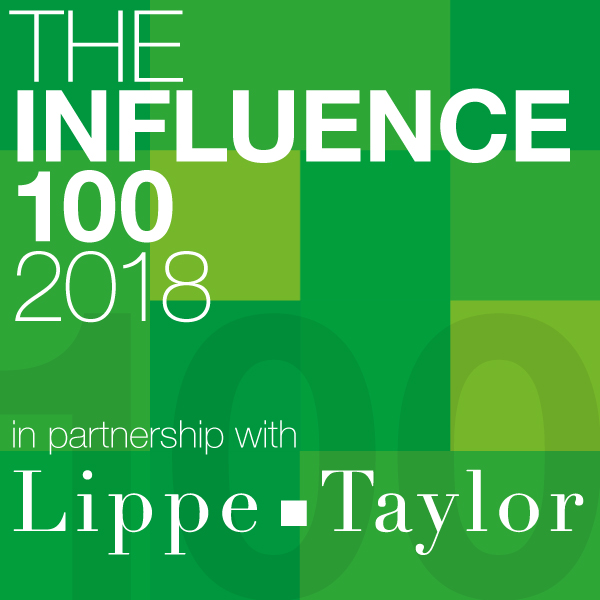

Intelligence and insight from across the PR world.
About PRovoke Media Contact Us Privacy & Cookie PolicyWe feel that the views of the reader are as important as the views of the writer. Please contact us at [email protected]
Signup For Our Newsletter Media Kits/Editorial Calendar Jobs Postings A-Z News Sitemap© Holmes Report LLC 2024